When planning a home construction or renovation project, choosing the right type of pipes is crucial for ensuring the longevity, efficiency, and safety of your plumbing system. Domestic Pipes come in various materials, each with its own set of advantages and disadvantages. This guide will explore different types of pipes, including UPVC, CPVC, LLDPE, PERT, and PE pipes, to help you make an informed decision and select the right pipes.
Types of Pipes
1. UPVC Pipes
UPVC (Unplasticized Polyvinyl Chloride) pipes are a popular choice for both water supply and drainage systems. These pipes are rigid, resistant to corrosion, and have a long service life.
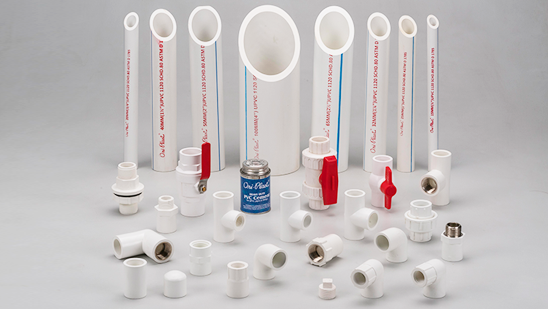
Advantages:
- Durability: UPVC pipes are highly resistant to corrosion and chemical damage, making them suitable for transporting potable water.
- Low Maintenance: Due to their resistance to corrosion and scaling, UPVC pipes require minimal maintenance.
- Cost-Effective: UPVC pipes are generally less expensive than many other types of pipes, making them a cost-effective solution.
- Ease of Installation: Lightweight and easy to cut, UPVC pipes are straightforward to install.
Disadvantages:
- Temperature Sensitivity: UPVC pipes can become brittle in extreme temperatures, making them less suitable for hot water systems.
- Impact Resistance: They are prone to cracking under high impact or if subjected to freezing conditions.
Suitable For:
- Cold water supply
- Drainage systems
2. CPVC Pipes
CPVC (Chlorinated Polyvinyl Chloride) pipes are a variant of UPVC with added chlorine, which improves their resistance to heat and pressure.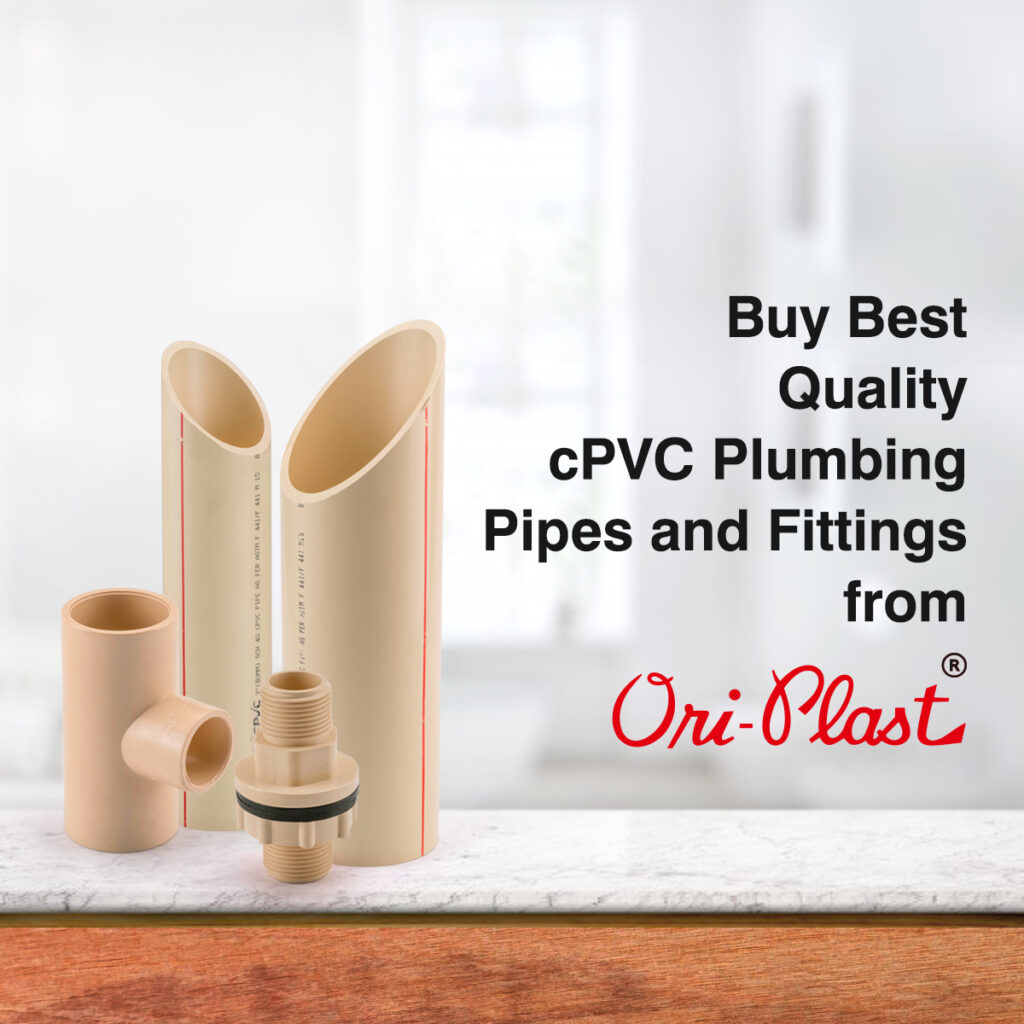
Advantages:
- Heat Resistance: CPVC pipes can handle temperatures up to 200°F (93°C), making them suitable for hot water applications.
- Corrosion Resistance: Like UPVC, CPVC is resistant to corrosion and chemical damage.
- Durability: CPVC pipes have a longer lifespan compared to UPVC pipes, particularly in hot water applications.
Disadvantages:
- Cost: CPVC pipes are more expensive than UPVC pipes.
- Brittleness: While resistant to heat, CPVC pipes can become brittle over time, especially when exposed to UV light.
Suitable For:
- Hot and cold water supply
- Potable water systems
3. LLDPE Pipes
LLDPE (Linear Low-Density Polyethylene) pipes are known for their flexibility and impact resistance. They are commonly used in agricultural irrigation systems and for certain industrial applications.
Advantages:
- Flexibility: LLDPE pipes are highly flexible, allowing them to be bent and shaped around obstacles without the need for joints.
- Impact Resistance: They are resistant to impacts and can handle high pressure.
- Low Temperature Resistance: LLDPE pipes perform well in low temperatures and are resistant to freezing.
Disadvantages:
- Temperature Limitations: While flexible, LLDPE pipes are not suitable for high-temperature applications.
- Chemical Sensitivity: They can be affected by certain chemicals, which limits their use in some industrial applications.
Suitable For:
- Irrigation systems
- Industrial applications requiring flexibility and impact resistance
4. PERT Pipes
PERT (Polyethylene Raised Temperature) pipes are a type of cross-linked polyethylene (PEX) pipe, designed to handle higher temperatures and pressures.
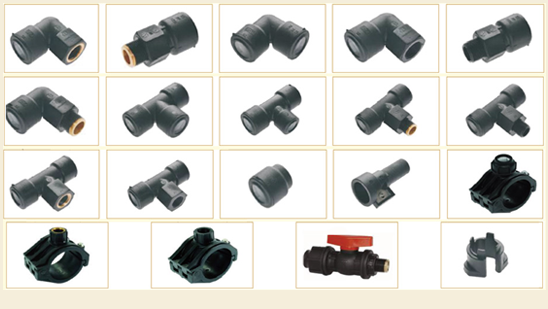
Advantages:
- High Temperature and Pressure Resistance: PERT pipes can handle temperatures up to 200°F (93°C) and high pressures, making them suitable for hot water systems.
- Flexibility: These pipes are flexible and easy to install, reducing the need for fittings.
- Corrosion Resistance: PERT pipes are resistant to corrosion and chemical damage.
Disadvantages:
- Cost: PERT pipes are generally more expensive than traditional plastic pipes.
- UV Sensitivity: They can degrade over time when exposed to UV light, so they should be protected from sunlight.
Suitable For:
- Hot water systems
- Radiant heating systems
5. PE Pipes
PE (Polyethylene) pipes are widely used for various applications, including water supply and gas distribution. They are known for their versatility and resistance to different environmental factors.
Advantages:
- Versatility: PE pipes are available in different grades, including high-density (HDPE) and low-density (LDPE), making them suitable for various applications.
- Chemical Resistance: PE pipes resist a wide range of chemicals and are less likely to corrode or rust.
- Flexibility and Impact Resistance: They are flexible, impact-resistant, and can handle varying soil conditions.
Disadvantages:
- Temperature Limitations: PE pipes have a lower temperature tolerance compared to some other materials, making them less suitable for hot water systems.
- Installation Challenges: Proper installation techniques are required to avoid issues like pipe fusion or joint failure.
Suitable For:
- Water supply
- Gas distribution
- Agricultural applications
Comparison of Pipes
To make an informed choice, it is helpful to compare the various pipe types based on several factors:
-
Cost:
- UPVC: Generally the least expensive.
- CPVC: More expensive than UPVC but cost-effective for hot water systems.
- LLDPE: Prices vary; generally more affordable for irrigation systems.
- PERT: Higher cost due to its advanced properties.
- PE: Costs vary depending on the grade and application.
-
Temperature Resistance:
-
Flexibility:
- UPVC: Rigid and less flexible.
- CPVC: Rigid but can be bent slightly.
- LLDPE: Highly flexible.
- PERT: Flexible but not as much as LLDPE.
- PE: Flexible, with varying degrees depending on the grade.
-
Durability and Maintenance:
- UPVC: Low maintenance; durable against corrosion.
- CPVC: Durable and requires low maintenance.
- LLDPE: Highly durable but sensitive to chemicals.
- PERT: Durable but UV sensitive.
- PE: Generally durable; requires proper installation.
Practical Experience and Examples of Selecting the Right Pipes
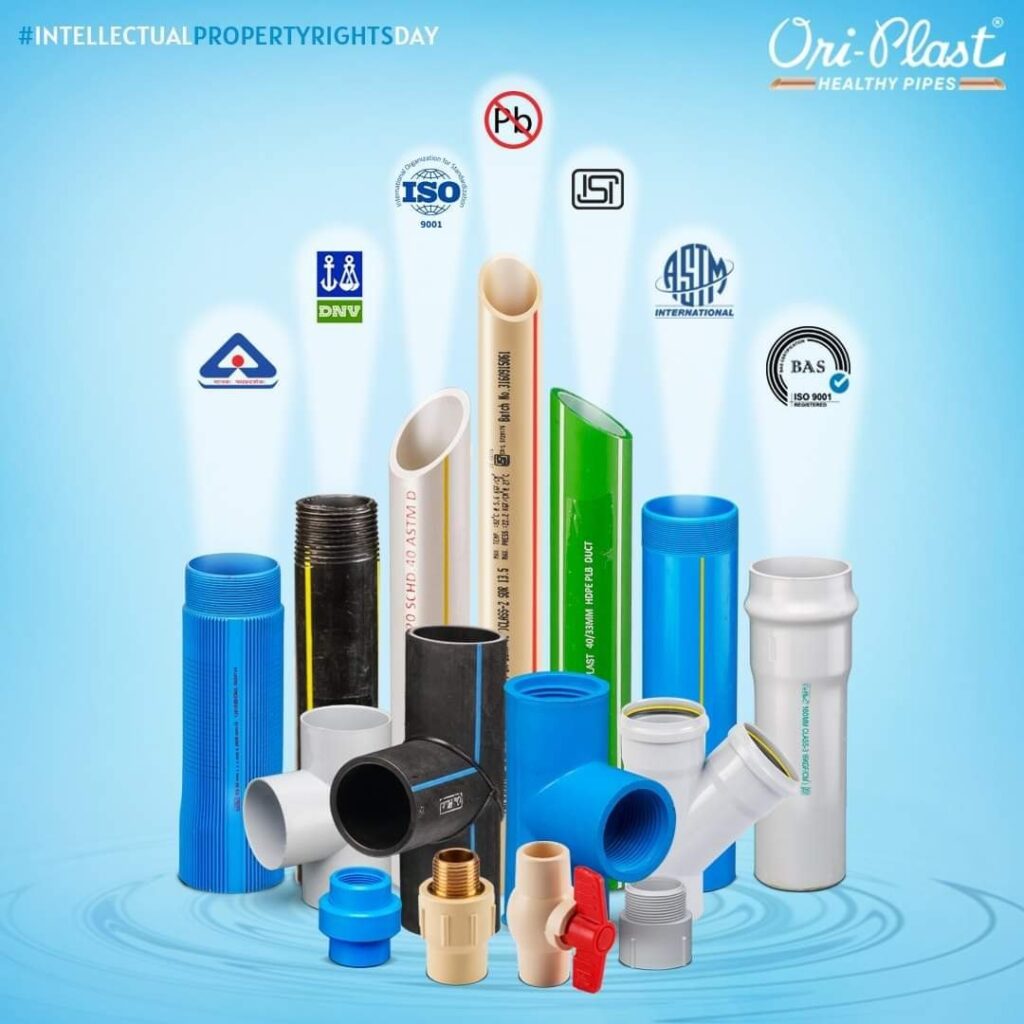
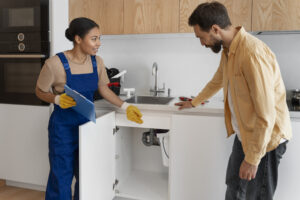
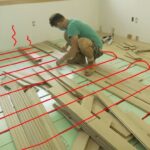
Leave a Reply